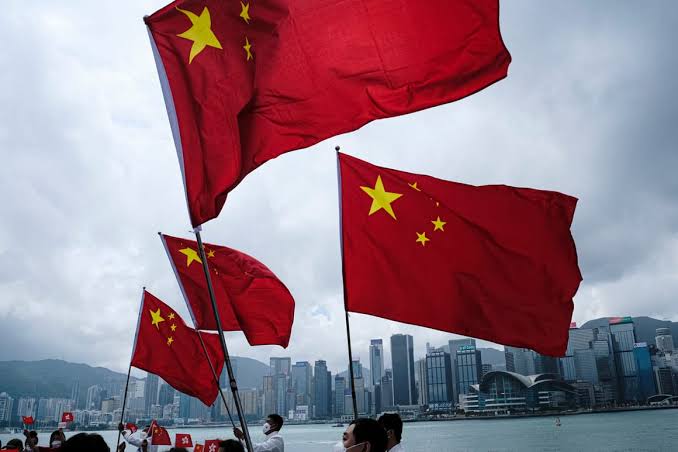Just two years after the creation of Pakistan in 1947, the neighboring country of China gained independence in 1949. But over the past four decades, China has achieved astonishing levels of development, a feat from which Pakistan can learn valuable lessons. Recently, a delegation of Pakistani journalists which was sent to Beijing, Shenzhen, and Guangzhou by the Chinese Consul General in Lahore, Mr Zhao Sherin, witnessed China’s unprecedented development firsthand.
A study of China’s remarkable development reveals that the primary reason for its rapid progress is economic reforms, which have propelled it to become the world’s second-largest economic power in just four decades. Analysts believe that China has now reached the position of the world’s strongest economic power, awaiting only an official declaration.
It is worth noting that in the early 1980s, China implemented significant changes in its state policy and economic system. The focus of these major reforms was China’s economic system, which was largely isolated from the rest of the world. Chinese leaders realized that economic progress would be difficult to achieve in isolation, prompting them to devise policies that would integrate China into the global economic system. As China embarked on these revolutionary reforms, its economic indicators rapidly improved. As a result, China emerged as the world’s second-largest economy in a remarkably short time. Some economists believe that China is on the verge of becoming the world’s largest economy, a development that concerns the United States.
Analysts attribute China’s remarkable progress primarily to the foresight of its political leadership. They note the wisdom and vision of Chinese leaders in managing regional and international relations with other countries. Despite political disputes and longstanding cold relations with many countries, China has maintained and even expanded trade and economic ties with them. For example, despite border disputes with India leading to military skirmishes, trade between the two nations continues to grow. China also manages its political rivalries and disagreements with other countries with foresight, prudence, and caution, prioritizing economic relations above all. This economic focus is seen as the key to China’s benefits and success.
Another significant factor in China’s success is its complete eradication of poverty. China’s swift elimination of extreme poverty has not only set an example for the world but also established a successful model. China is perhaps the only country in modern history to announce the eradication of extreme poverty within four decades. This achievement has helped reduce global poverty by 70%, lifting 770 million people out of poverty and significantly contributing to global poverty reduction. China’s fight against poverty is considered a milestone in human history, made possible by consistent policies that set broad economic goals, created economic opportunities, and raised average incomes. China first focused on developing its most backward areas and then concentrated on people living below the poverty line. The key to this success was the consistent implementation of these policies. Agriculture played a crucial role in China’s poverty alleviation efforts, with a focus on the development of agriculture, farmers, and rural areas.
Analysts also credit China’s exemplary development to its governance system, largely driven by the Communist Party of China. The party is committed to reforms and overall development, assisting in preparing recommendations for various institutions and implementing them. The Chinese constitution protects the role of the Communist Party, ensuring political stability. China’s governance model relies on effective performance, with continuous reforms enhancing the government’s capabilities. Despite criticism from some global observers, many acknowledge the Communist Party’s significant role in China’s extraordinary progress. Chinese leaders and party officials understand that governance failures would reflect poorly on the party, affecting its credibility and legitimacy. China’s governance system is a unique model of collaboration between the party and state institutions, known as the party-government system. Political and economic stability in China is attributed to policy continuity and an effective governance system, fostering public trust in the state and its systems.
Therefore, if Pakistan’s political leadership aims for rapid development of the country, it must follow the Chinese devwlopment model. Decision-makers in Pakistan need to understand how China’s political leadership defined its vision and objectives and developed clear strategies to achieve them. Pakistani leaders must also recognize how Chinese leadership made timely decisions and completed major projects swiftly. Observing how China’s leadership, once politically isolated, transformed the country into a nation sought after by the world for political, diplomatic, trade, and cultural relations is essential. If willing to learn, Pakistani political leadership can gain insights from the hard work, dedication, and wisdom of Chinese leadership, backed by thousands of years of experience.
Note: The writer is a senior journalist who has authored several books on security related issues۔
